Mr. Nguyen Van Xuyen's family in Hamlet 5, Thanh Hoa Commune, Bu Dop District grows 18 hectares of grapefruit, and on average he harvests more than 300 tons each year. However, to have quality grapefruits for the market, he has to prune and dump more than 60 tons of young grapefruits and discarded grapefruits each year, which is both wasteful and polluting the environment. He knows it's a pity but he can't keep them because if he keeps them, the fruit will be bad and no one will buy them.
To make these agricultural by-products useful to increase family income, Mr. Xuyen once invested in machinery and equipment to produce grapefruit essential oil. He used the peel of young grapefruits to make essential oil, and the grapefruit pulp as raw material to cook grapefruit tea and freeze-dry it, but it was ineffective because he could not find an outlet. “In the past, my family used young grapefruits to make grapefruit tea and squeeze out essential oil, but it was ineffective. Now if anyone buys it, it would be great. If anyone buys 1,000 VND/kg of fruit, it would be great for farmers,” said Mr. Xuyen.
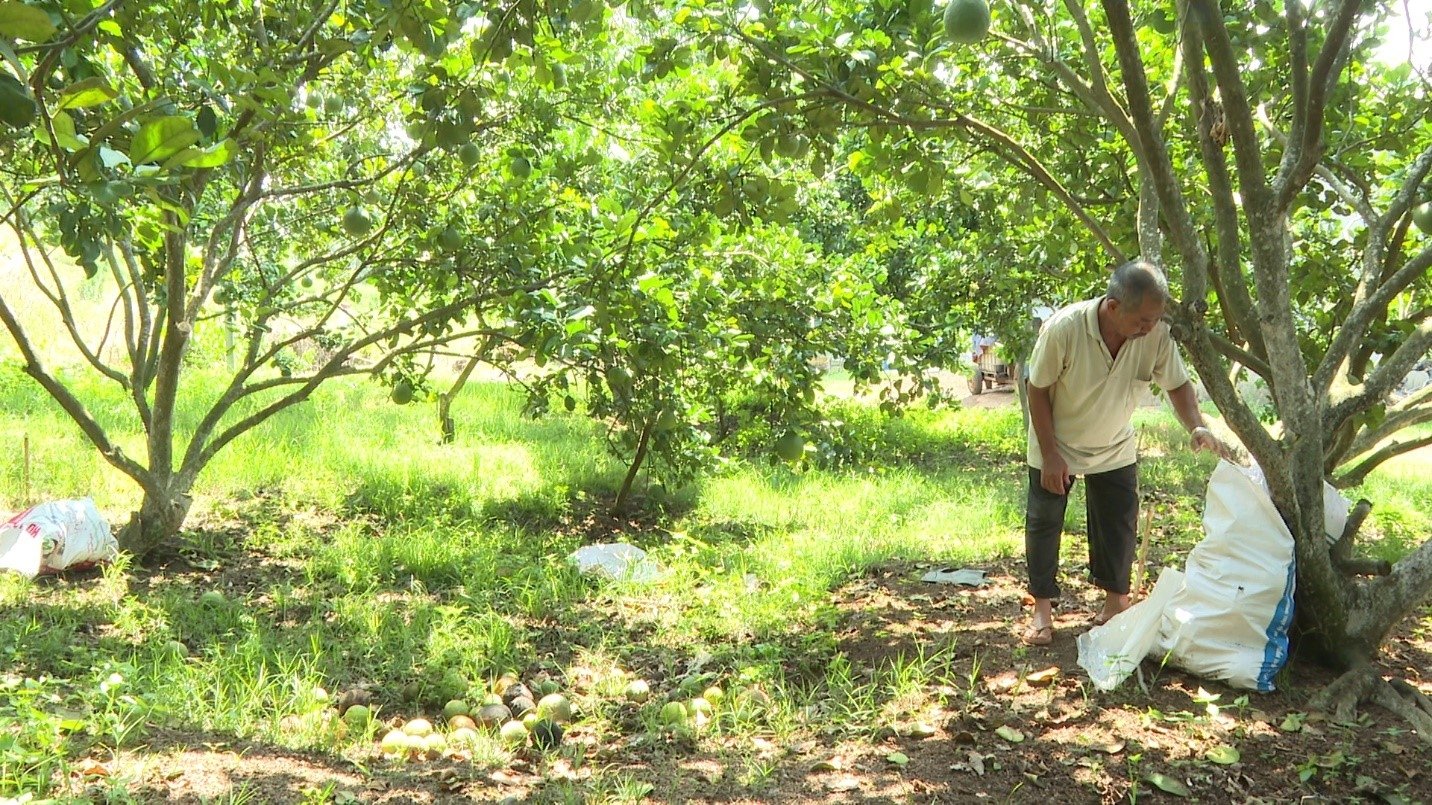
The family of Mr. Nguyen Duy Khang, Binh Tien village, Nghia Binh commune, Bu Dang district, grows 3 hectares of grapefruit. In recent years, his grapefruit garden has been continuously damaged by red spiders, eating away the epidermis, making the grapefruit patchy and unsightly, forcing him to prune and remove many fruits before they have formed segments. Mr. Khang said that in recent years, the appearance of red spiders has become more and more frequent, especially during periods of prolonged hot weather, causing the grapefruit garden to be severely affected. I have tried many measures such as using pesticides according to instructions, combining manual measures such as pruning branches, and regularly cleaning the garden, but the results have not been very effective. There was a time when I had to remove more than 40% of the fruits because the skin was dark and did not meet the standards for sale on the market. Many days, standing in the middle of the garden, looking at baskets of young grapefruit that had to be picked and thrown away, my heart ached.
According to Mr. Khang, if not treated early, red spiders can spread very quickly, damaging the entire garden in just a few weeks. Proactively cutting off infected fruits is the only way to save the remaining ones, which means losing a part of the yield, not to mention the cost of fertilizers, pesticides and labor that also "go with the discarded grapefruits". Faced with this situation, Mr. Khang hopes that the local agricultural sector will pay attention and support people in finding sustainable biological solutions that are safe for crops and consumer health.
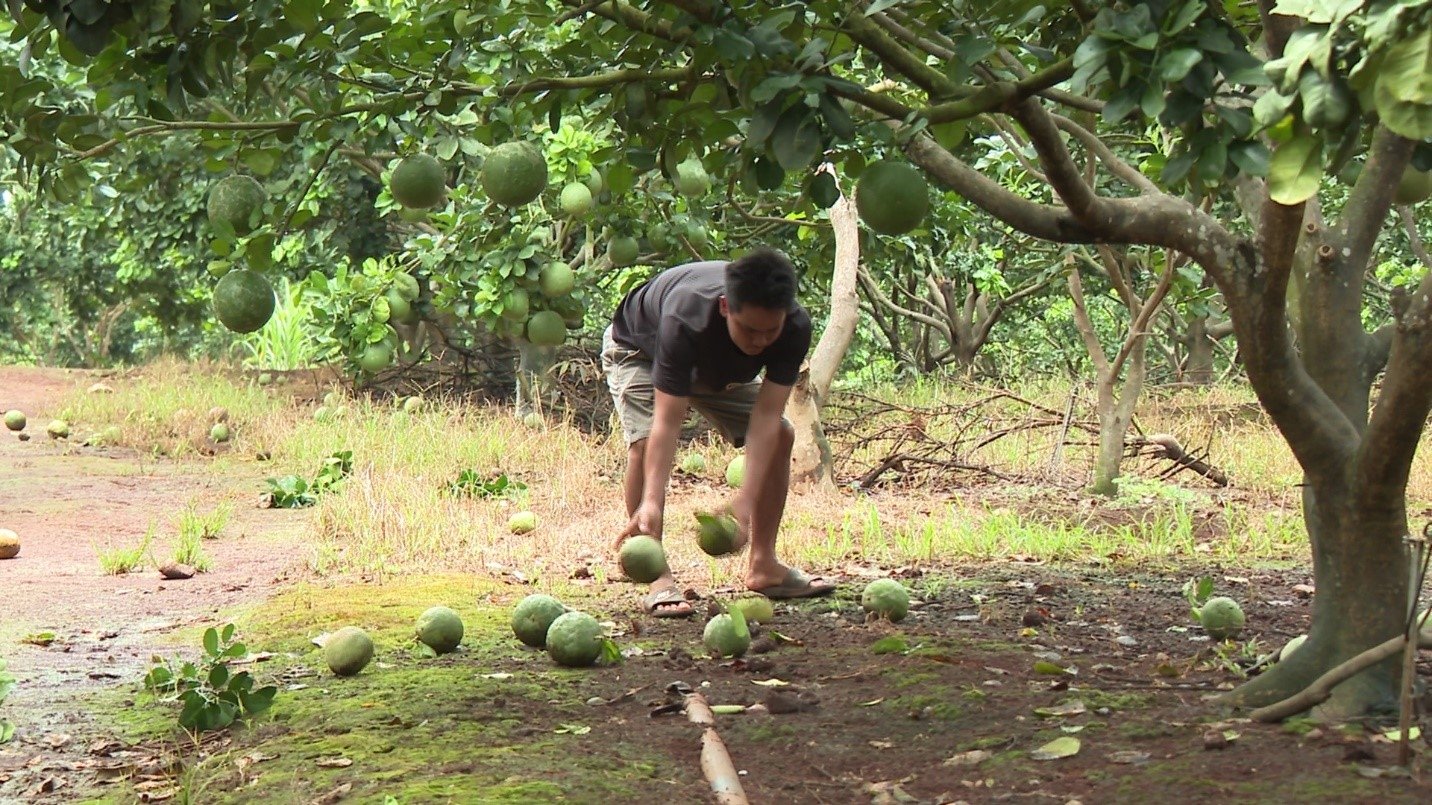
Ms. Nguyen Thi Ngoan, Hamlet 5, Thanh Hoa Commune, Bu Dop District, said that each crop season, in order for the trees to concentrate nutrients to grow fruits that meet the standards for sale, gardeners are forced to prune young and bad fruits. Most of these fruits are collected to make organic fertilizer for plants or simply thrown away. If only there were a business that collected young grapefruits to make shampoo or refine into grapefruit oil, that would be great,” Ms. Ngoan shared.
Although young grapefruit is not used for fresh consumption, according to research, this fruit contains high levels of essential oils and antioxidants, which are very valuable in traditional medicine, cosmetics and functional foods. If collected, processed and invested in properly, young grapefruit can completely become a valuable export item. This is a potential direction to help farmers increase their income and avoid waste. But paradoxically, currently these grapefruits in Binh Phuoc have almost no output due to the lack of purchasing businesses, especially the lack of connection between farmers - scientists - businesses.
According to Oriental medicine and folk remedies, grapefruit peel and pulp contain many ingredients such as flavonoids, essential oils and pectin that are beneficial for health, supporting the treatment of overweight, obesity, fatty liver, and antioxidants... Especially in young grapefruit, there is a large proportion of grapefruit pulp, so the active ingredient content is high. However, in reality, people have not yet taken advantage of this by-product.
“The problem is that we need a different perspective on agricultural by-products. Just like rice bran used to be a waste product but is now a valuable ingredient in cosmetics and functional foods, young grapefruit can completely become a new source of profit if properly invested in. The State and scientists need to participate more strongly, from researching the young grapefruit value chain, supporting processing techniques, to connecting markets and encouraging start-up businesses in this field,” said Ms. Dinh Thi Trang, Chairwoman of the Farmers’ Association of Nghia Binh Commune, Bu Dang District.
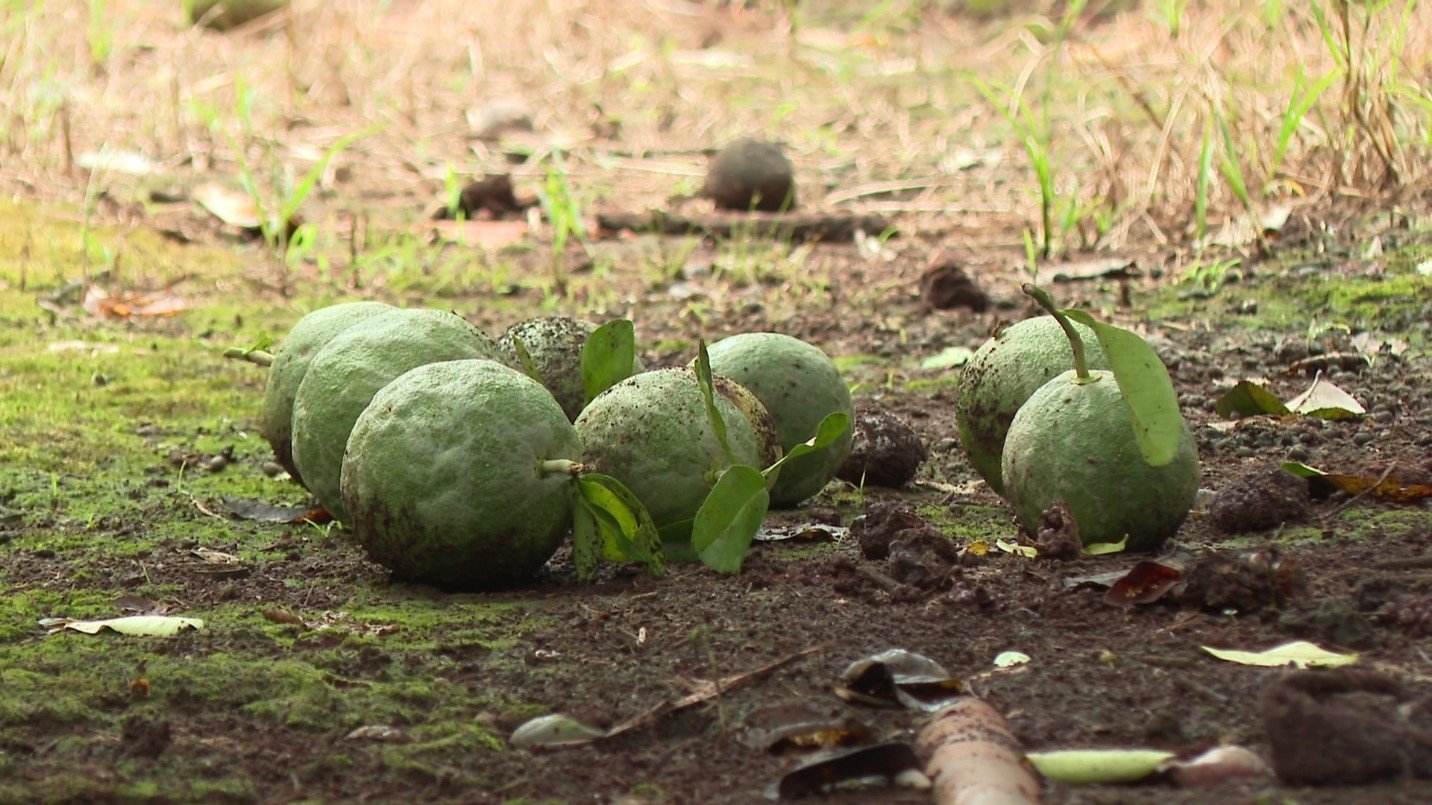
Mr. Tran Quoc Cong, Chairman of the Farmers' Association of Thanh Hoa commune, Bu Dop district shared: “Those young grapefruits, if utilized to make essential oils, herbal teas, jams or medicinal ingredients, can completely become a significant source of income for farmers. However, currently, most of them are still considered “waste” in the cultivation process. This is not only a waste of resources but also leaves open a potential direction in the development of deep-processed agriculture. If there is participation from businesses, scientists and local authorities, those young grapefruits can be “revived” and become valuable products - instead of quietly decomposing in the fields and gardens.”
Wasting young grapefruit is not only a loss of a product, but also a waste of labor, land, irrigation water and natural resources. Solving this problem is a necessary step to improve the efficiency of agricultural production, develop the rural economy, and at the same time demonstrate the spirit of thrift and respect for the value of labor.
Source: https://baobinhphuoc.com.vn/news/4/174606/lang-phi-trai-buoi-non






![[Photo] General Secretary To Lam attends the 80th Anniversary of the Cultural Sector's Traditional Day](https://vphoto.vietnam.vn/thumb/1200x675/vietnam/resource/IMAGE/2025/8/23/7a88e6b58502490aa153adf8f0eec2b2)


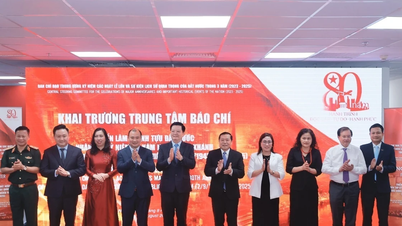

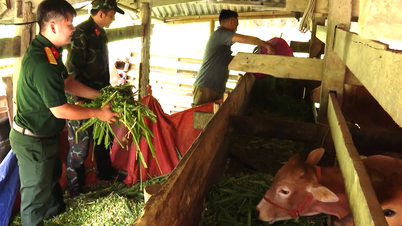

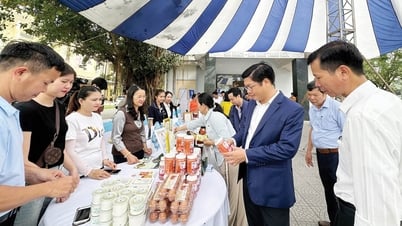







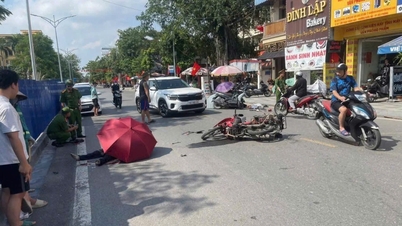












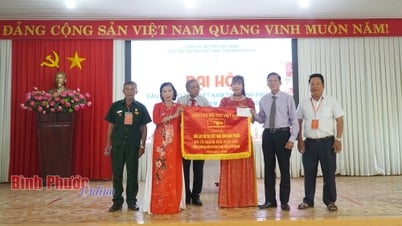
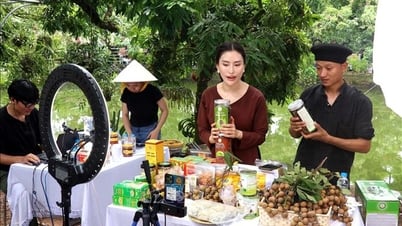
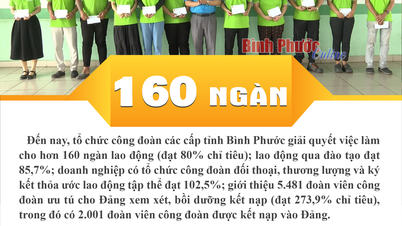


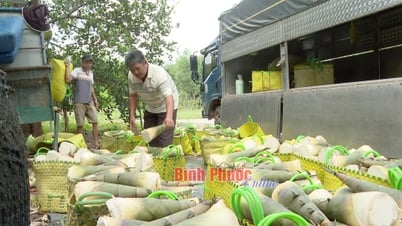
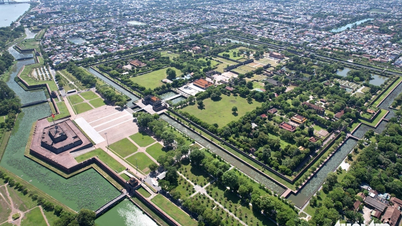








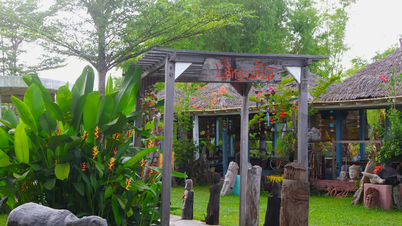








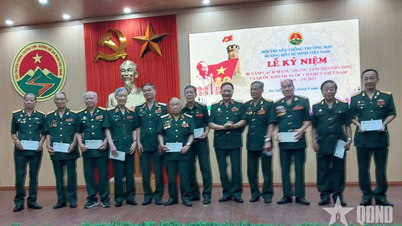








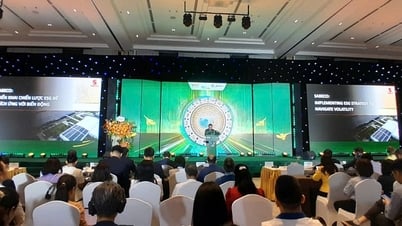




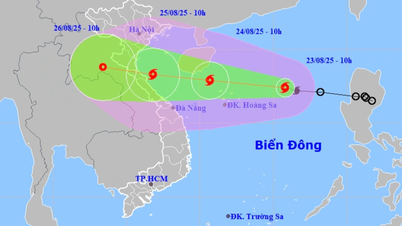











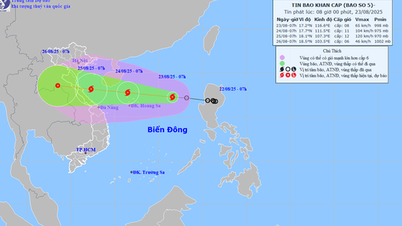
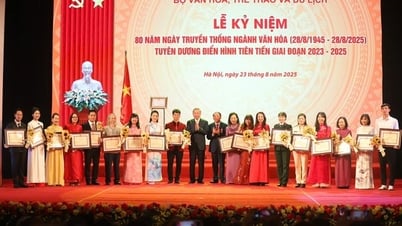
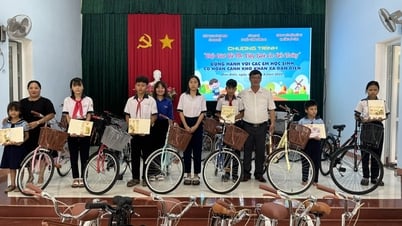







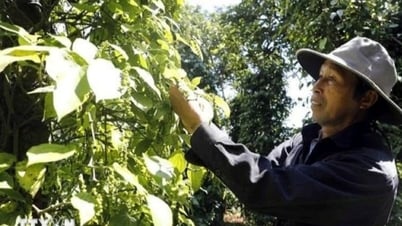












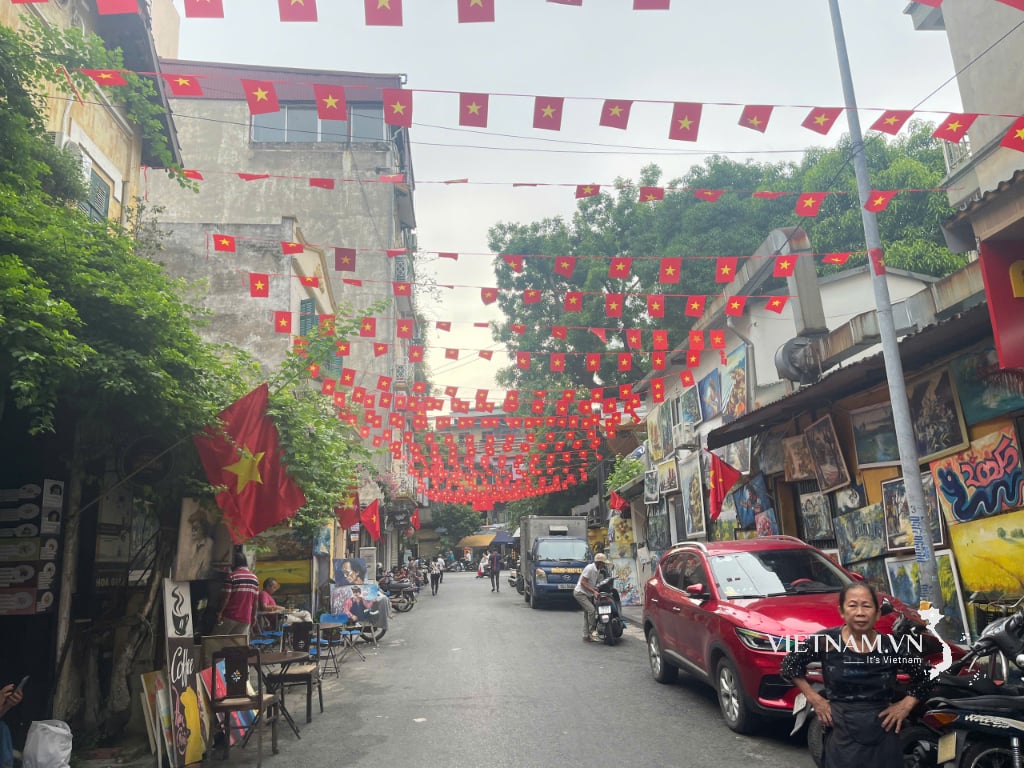
Comment (0)